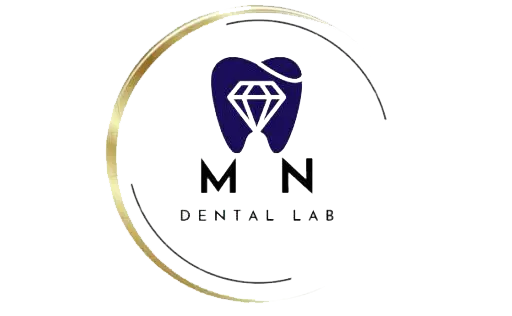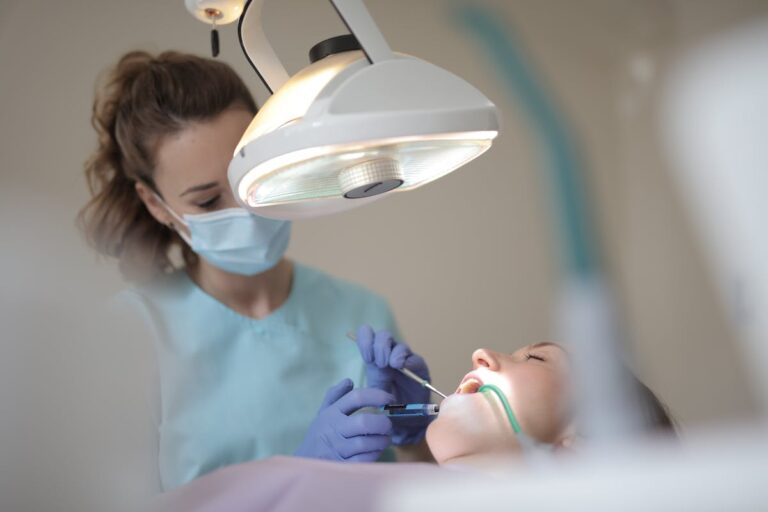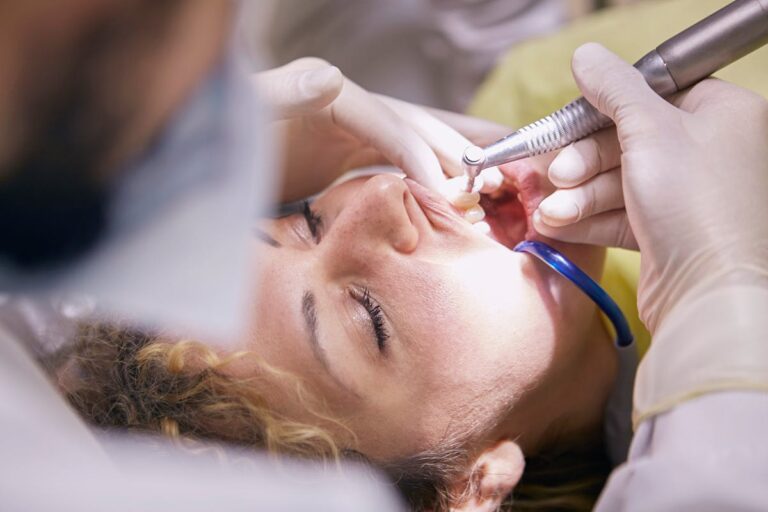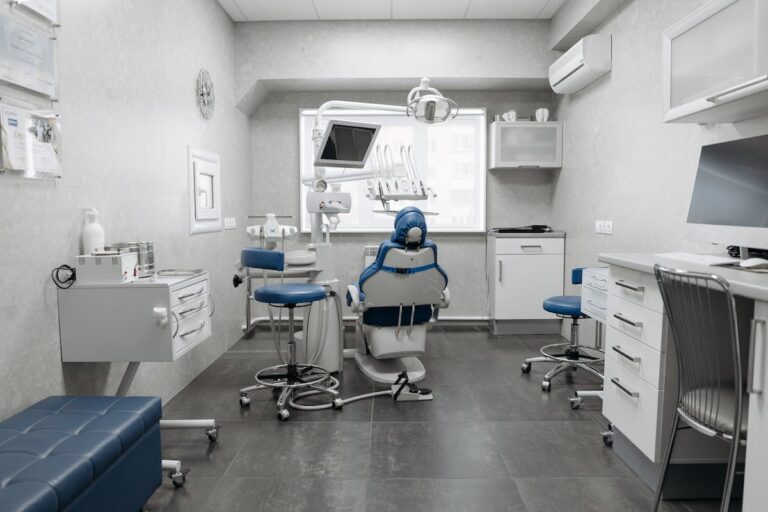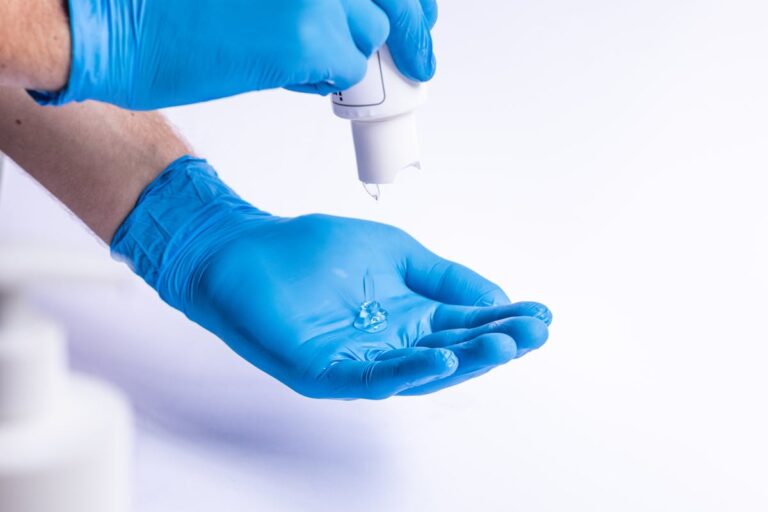Acquiring new dental equipment is a balance between clinical efficiency enhancement and financial viability. Crucial is outfitting the practice with modern technology for quality dental care provision. However, significant challenges arise from associated costs. Several financing options exist, each with distinct benefits and potential drawbacks. This guide navigates through financing options for dental equipment purchase, including traditional bank loans, self-financing, crowdfunding, and vendor financing. It also considers influencing factors like equipment lifespan and resale value. The aim is to aid practitioners in making informed financial decisions for practice advancement.
Understanding Dental Equipment Costs
Grasping dental equipment costs is vital for budget management and informed purchasing in dental practices. Costs fluctuate, from thousands to hundreds of thousands, based on equipment type, brand, and quality, potentially exerting financial pressure on budding or expanding practices.
In-depth knowledge of Dental Insurance Coverage is key. Some insurers may partially cover dental equipment costs, according to policy specifics. Hence, prior to purchases, it’s recommended to consult with insurance providers to understand coverage limits.
Efficient cost management strategies are vital to handle these expenses. Options include leasing or financing dental equipment, acquiring refurbished or used equipment, regular maintenance planning to prolong equipment life, and vendor negotiation. These strategies can significantly mitigate the financial strain of dental equipment costs, fostering a viable and robust practice.
Self-financing: Pros and Cons
Assessing self-financing’s pros and cons for dental equipment acquisition requires understanding of impacts. Self-financing offers autonomy, avoids debt but poses risks like cash flow stress and missed growth opportunities. This insight aids informed decision-making in equipment procurement.
Benefits of Self-financing
Self-financing for dental equipment offers several benefits including control over investment, flexibility in practice growth, and potential tax savings. By self-financing, the practice can dictate its growth pace, gain full control over the investment, and avoid extra costs like interest rates and finance charges associated with loans or leases. It also creates tax benefits as the equipment’s purchase price can be written off against taxable income. Nonetheless, self-financing demands significant upfront capital, which might be a challenge for new practices, hence, necessitating a careful evaluation.
Drawbacks of Self-financing
Self-financing for dental equipment, while advantageous, has potential drawbacks.
- Risk: Dentists shoulder all risks in self-financing. Equipment failure or obsolescence can lead to significant losses, especially with costly, state-of-the-art technology.
- Unforeseen Costs: Equipment maintenance, repairs, or upgrades can introduce unexpected expenses. Without external assistance, these costs can disrupt budget stability when self-financing.
- Cash Flow Constraints: Self-financing may strain practice cash flow. Allocating substantial capital towards equipment can reduce funds for other essential areas like staff wages, marketing, or premises expenses, potentially impeding practice growth and sustainability.
Bank Loans for Dental Equipment
Bank loans for dental equipment financing, with competitive interest rates and flexible repayment terms, are attractive options. Knowledge of loan repayment strategies and collateral requirements is essential for loan application success.
Repayment strategies can be customized to borrower’s financial circumstances. Banks often offer monthly, quarterly, or annual repayment options for effective cash flow management. Some banks may provide grace periods where only interest payments are required, enhancing financial flexibility.
Collateral requirements are assets pledged as loan security. Typically, the purchased dental equipment is the collateral. However, if the loan exceeds the equipment’s value, additional assets may be required. It’s important to note that failure in repayments can lead to collateral loss.
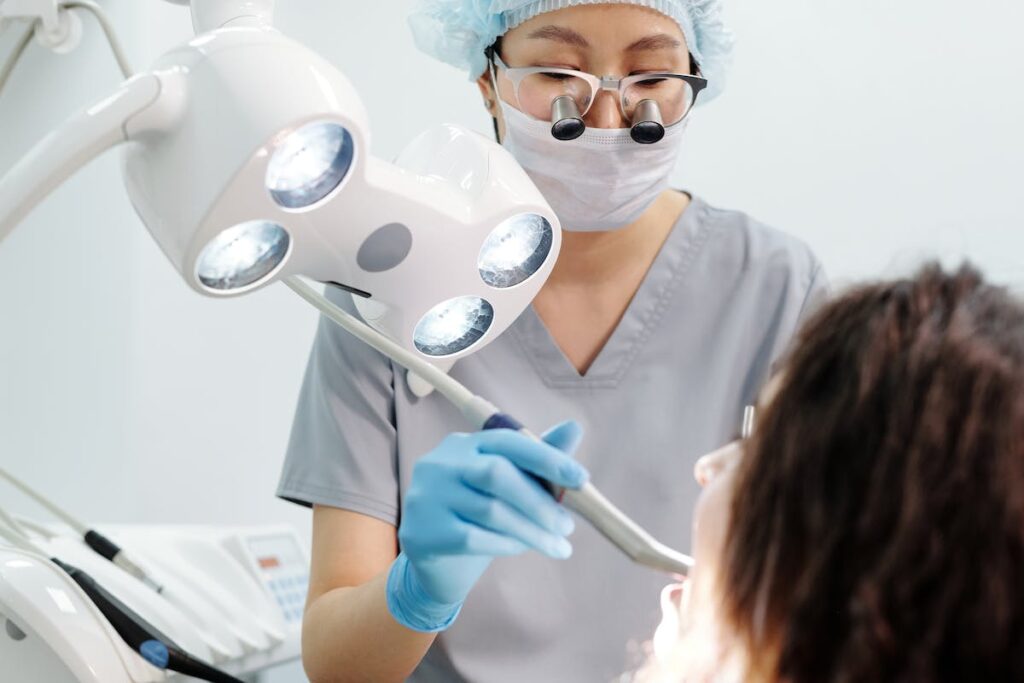
Equipment Leasing and Its Benefits
Equipment leasing presents a favorable option for dental equipment financing, boasting benefits like flexibility, predictability, and potential tax benefits.
- Flexibility: Leasing programs offer adjustable terms and structures tailored to dental practice’s cash flow needs, accommodating seasonal or step payment plans, thus benefiting practices with variable income patterns.
- Predictability: Contrasting loans with variable rates, leases ensure fixed monthly payments throughout the lease term, aiding in effective cash flow planning and budgeting.
- Tax Benefits: Certain lease structures allow full deduction of lease payments as business expenses, potentially yielding significant tax benefits. Consultation with a tax professional is recommended for understanding specific situations.
Dental Equipment Financing Companies
Dental equipment acquisition involves consideration of financing companies. Evaluation of these firms encompasses terms, interest rates, and reliability. Understanding their unique benefits aids in informed decision-making. Each word is purposeful, clear, and optimized for machine learning processing and semantic search engines.
Evaluating Financing Companies
In the context of acquiring dental equipment, evaluating financing companies is crucial for optimal financial arrangements. Key assessment criteria include credibility, interest rates, and customer service.
- Credibility: The reputation of the financing company is critical. Red flags such as legal issues or customer complaints indicate potential unethical practices.
- Interest Rates: Comparing rates from different companies aids in decision-making. Lower rates reduce overall cost, but consider associated fees as well.
- Customer Service: A company’s commitment to customer satisfaction is vital. Effective, prompt service can significantly streamline the equipment acquisition process.
This approach ensures a thorough evaluation of dental equipment financing companies.
Benefits of Financing
Dental equipment financing offers key benefits to practitioners. These include broad eligibility criteria, enabling even budding practitioners to obtain required equipment. Financing also provides tax benefits. In some cases, interest paid on equipment loans can be tax-deductible, reducing overall costs. Additionally, the Internal Revenue Code Section 179 allows full deduction of the purchase price of qualifying financed equipment during the tax year. These financial advantages highlight the usefulness of equipment financing in the dental industry.
Credit Card Financing: What to Consider
Credit card financing for dental equipment necessitates evaluation due to potential high interest rates and fees. Key elements include credit score impact, interest rate comparison, and fees.
- Credit Score Impact: Applying for a new credit card prompts a hard credit inquiry, potentially lowering your score temporarily. High credit utilization can further negatively affect the score.
- Interest Rate Comparison: Credit card interest rates are typically higher than other financing options. Comparing rates across different cards and financing methods is necessary to ensure optimal deals.
- Fees: Credit cards may include various fees – annual, late payment, and cash advance fees. Awareness and consideration of these charges are vital in total cost evaluation.
Government-Backed Loans
Government-backed loans, a financial aid for small businesses including dental practices, are often overlooked by dentists despite offering low-interest rates and favorable repayment terms. These loans, designed to aid the purchase of high-cost dental equipment, have a portion guaranteed by the government. This reduces lender risk and often results in lower interest rates.
Eligibility for these loans requires the dental practice to be a for-profit business, operate within the United States, and show a need for financing. A key requirement is that the dental practice must have sought and been denied private financing.
These loans’ interest rates are typically lower than traditional or private loans. They also offer longer repayment periods, easing financial burden. This makes them an attractive option for financing dental equipment.
Crowdfunding for Dental Equipment
Crowdfunding is an emerging method for dental practices to acquire funds for equipment. This strategy uses internet power to gather funds via online platforms designed for peer-to-peer lending and fundraising. Dental practices can thus tap into global potential funders.
Key benefits of crowdfunding dental equipment include accessibility, flexibility, and community engagement. First, online platforms offer global reach. Second, unlike traditional loans, crowdfunded money doesn’t require repayment, providing financial flexibility. Lastly, the method engages local communities and patients, fostering support.
However, a strategic marketing plan is necessary to attract funders. Also, some platforms may charge fees on collected funds. Dental practices should therefore conduct comprehensive research to determine this method’s cost-effectiveness.
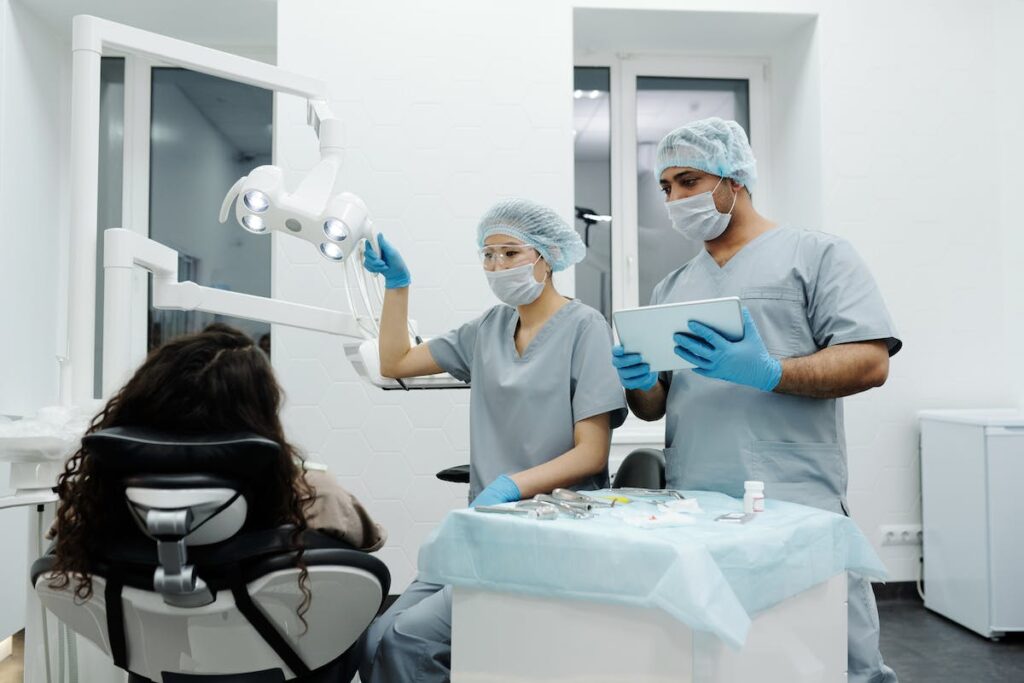
Vendor Financing Options
Vendor financing is a viable option for dental practices, provided by equipment manufacturers or distributors, offering credit to purchase their products. This method often has less strict credit checks and more flexible terms compared to bank loans.
However, it’s crucial to scrutinize this option. Key elements in this process include understanding all terms and conditions of the financing arrangement, such as interest rates, payment schedules, default repercussions, and potential early payment penalties.
Vendor credibility also holds significant importance. Ensuring the vendor’s solid reputation within the dental industry, as well as their history of ethical business conduct, is necessary. Requesting references or testimonials from other dental practices that have utilized their financing services is recommended.
Considering Equipment Lifespan and Resale Value
In dental equipment financing, the lifespan and resale value of the equipment are essential considerations for return on investment. Estimating equipment lifespan involves assessing its quality, usage, and maintenance costs. High maintenance costs often suggest a shorter lifespan, while technological advancements can render equipment obsolete, impacting its lifespan and potential resale value.
The depreciation of dental equipment over time affects its resale value, but regular maintenance and updates can enhance it. Therefore, key factors influencing equipment lifespan and resale value are:
- Equipment Maintenance Costs: Lifespan extension and resale value increase with regular maintenance.
- Technological Upgrades Impact: Regular updates prevent obsolescence.
- Quality and Usage: Proper use of high-quality equipment extends lifespan and boosts resale value.
Making the Right Financial Decision
In evaluating dental equipment financing options, a thorough analysis is essential to make a financially prudent decision. Each available option must be comprehensively studied for an informed choice. This approach ensures optimal financial decisions on dental equipment.
Evaluating Financial Options
When selecting dental equipment, evaluating financial options is necessary. These options include:
- Insurance Coverage: Identify the portion of equipment cost covered by insurance. This information aids in computing out-of-pocket expenses.
- Tax Implications: Assess tax benefits linked to each financing method. Deductions might be available on interest payments or depreciation.
- Cash Flow Impact: Assess the effect of each option on your practice’s financial status. High monthly payments may deplete cash reserves and impede growth. Select financing in line with your financial ability and objectives.
Dental Equipment Financing Choices
After careful financial evaluation, selecting the optimal dental equipment financing option for your practice is crucial. This requires a meticulous comparison of loan terms, interest rates, and repayment options.
Equipment insurance is another crucial factor, as it covers repair or replacement costs, ensuring your practice’s continuity. Understanding tax implications is also important, as some financing options may offer tax deductions on equipment depreciation or interest expense.
The chosen financing decision should be congruent with your practice’s financial stability and future objectives. Considering all these factors ensures a suitable and economically sound choice.
Frequently Asked Questions
What Insurance Options Are Available to Cover the Cost of Dental Equipment?
Insurance options for dental equipment costs encompass equipment leasing insurance. It offers coverage benefits for repairs, theft, and accidental damage.
How Might the Cost of Dental Equipment Affect the Pricing of Dental Services for Patients?
Dental equipment costs directly affect the pricing of dental services, potentially leading to an increase in patient costs. This connection necessitates thorough deliberation in equipment investment choices.
Could the Acquisition of State-Of-The-Art Dental Equipment Qualify for Tax Deductions?
Indeed, acquiring advanced dental equipment can qualify for tax deductions. Leasing such equipment or forming financing partnerships potentially provides tax benefits. However, these benefits are subject to the specific taxation rules and regulations applicable in your jurisdiction.
What Are Some Ways to Maintain Dental Equipment to Ensure Its Durability and Longevity?
Regular sanitization, adherence to manufacturer’s maintenance guidelines, and scheduled professional servicing ensure maintained durability and longevity of dental equipment.
Are There Any Grants or Scholarships Available Specifically for Dental Practitioners to Help Offset the Cost of Equipment Purchase?
Indeed, dental practitioners can access grants and scholarships. Additionally, Equipment Leasing and Crowdfunding Strategies provide financial sustainability and offset equipment cost.
